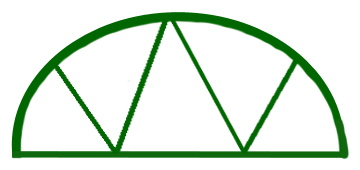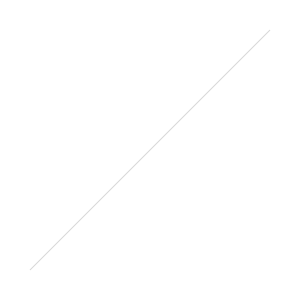Technique:
→ wear neutral colored clothes with patterns so that you are not obvious in any reflections
→ camera should be about 4' off the floor
→ make sure house is orderly - livable but lack of clutter
→ turn on all lights in house
→ when possible, use natural light - best if light outside is roughly the same as lighting inside
→ best lighting/color about 20 minutes before/after sunset , also good lighting if it is cloudy
→ set aperture about f/11 for best results in room shots
→ use bracketed exposure shots for best chance of getting single shot and also to use in HDR post processing (D100: pencil 11 AE, BKT AE, rotate til '3F 1.0' for 3 shots each 1 stop off)
→ use polarizing filter for daytime outdoor shots
→ use Photoshop File -> Automate -> Photomerge to put a few pictures shot down a line together panorama-style, especially useful for small spaces
→ use Photoshop Edit -> Transform -> Perspective or Warp to line up walls vertically, especially if using wide angle lens or if you merged multiple photos together
→ if sky is gray and you can't reshoot on a sunny day, in Photoshop, use magic wand to select sky, then click on styles window -> chiseled sky; then use paint bucket to fill
→ use Photomatix to create HDR photos
Equipment:
√ SLR camera
√ wide angle lens - preferably 10mm or 12mm max
√ polarizing filter
√ tripod
√ monopod to lift up to get 'aerial' shot of property
√ 1000 watt soft box light
√ up to 4 speedlights, Nikon SB-80DX recommended
√ HDR software - Photomatix recommended
Pricing averages in San Diego (2013)
∞ up to 2000 ft² $150, -> 3000 ft² $200 -> 4000 ft² $250
∞ add virtual tour $50
∞ add single page website incl custom domain name ($20+$10/mo), with realtor badge
∞ floor plan with links to photos
For examples, please see my website:


